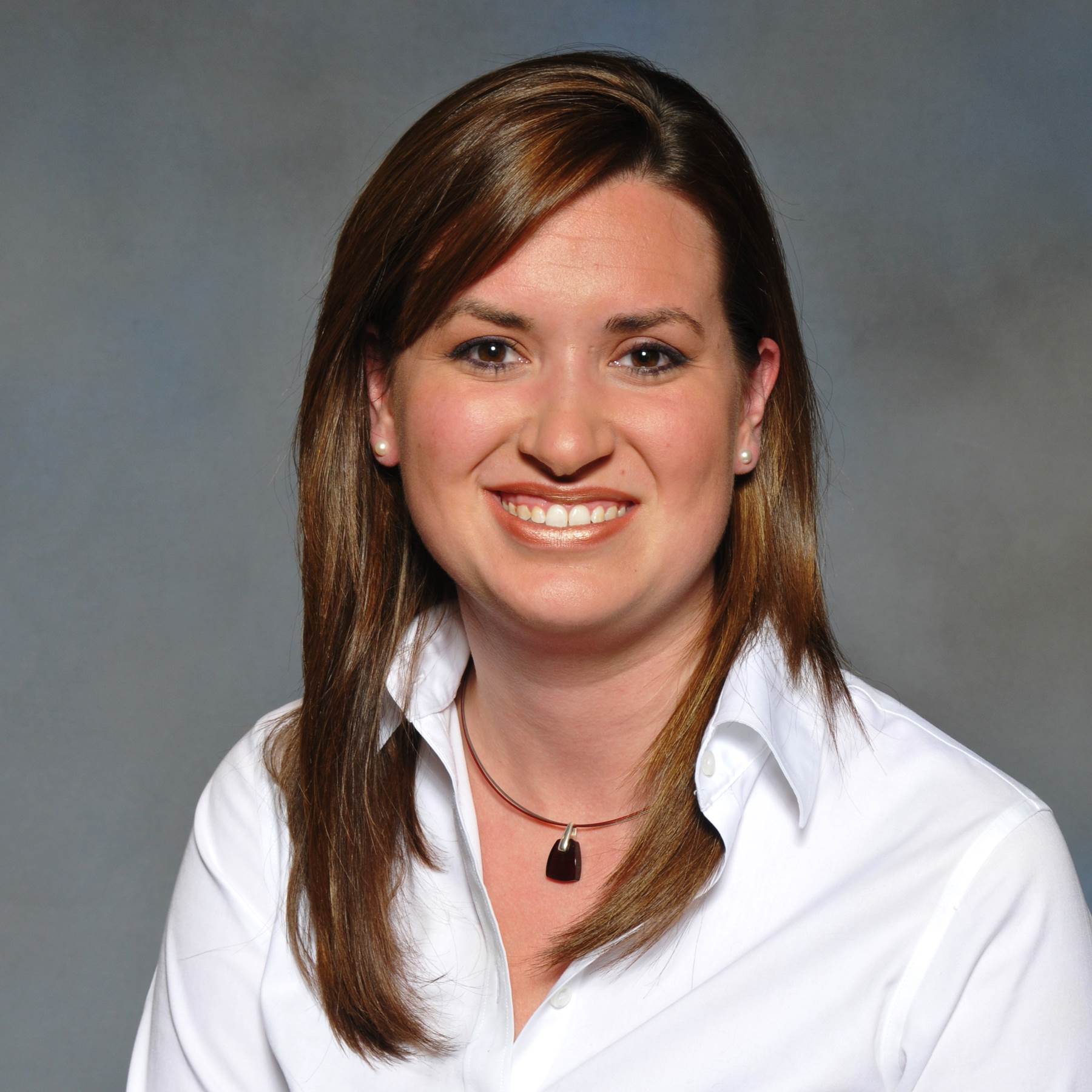human circulatory system
An ‘Off-the-Shelf’ Replacement for Damaged Blood Vessels?
Posted on by Dr. Francis Collins

The object in the image above might look like an ordinary plastic tube. But this tube is neither plastic nor ordinary. It’s a bioengineered replacement human blood vessel that could one day benefit people who receive kidney dialysis or undergo coronary bypass surgery.
It’s called a human acellular vessel (HAV), and an NIH-funded team, led by Heather Prichard, Humacyte Inc., Durham, NC, grows these acellular vessels. They can run up to about 16-inches long with a diameter of 0.2 inches, which is well within the range of a human blood vessel.
Prichard and team start with a lightweight and biodegradable polymer mesh. They then seed the mesh scaffold with cells taken from human donor tissue within a 3D bioreactor system in the lab. The system is specially designed to provide nutrients and mechanical pulsations similar to those present in an intact human circulatory system.
After incubating the growing vessels for eight weeks, the researchers remove all the living cells, leaving behind mostly human collagen, a fibrous protein and major structural component of a blood vessel wall. It forms a non-living, replacement vessel that retains the physical and mechanical integrity of a human blood vessel. But, because these HAVs don’t have cells, they potentially can be surgically implanted into any human patient without risk of an immune reaction.
As reported recently in Science Translational Medicine, the best part is what happens after an HAV is implanted into the body [1]. The patient’s own cells infiltrate the HAVs. Over the course of many weeks, these cells produce multiple layers of living tissue to transform the acellular HAV into a functional, living blood vessel.
So far, HAVs have been tested in more than 240 people with end-stage kidney failure. The HAVs were implanted into the upper arms of participants and remained there from 16 to 200 weeks while these patients underwent dialysis three times per week to filter waste products from their blood. The early results indicate these bioengineered blood vessels were safe and fully functional. More research, though, will be needed to ensure that’s indeed the case.
For people who receive kidney dialysis, doctors now typically access the vasculature by linking an artery to a vein under the skin of the arm, making an “AV fistula.” But doctors can also use the HAV tube to make the needed connection.
What’s potentially game changing about HAVs is they offer the same “off-the-shelf” ease of a plastic tube but with the advantages of living tissue. Those advantages include the ability to fight infection and self-heal from the inevitable injury that comes with repeated needle pokes.
Though most of the work to date has focused on people undergoing kidney dialysis, an ongoing clinical trial is testing the potential of HAVs to improve blood flow when surgically implanted into the legs of patients with peripheral arterial disease [3]. Prichard also sees potential for HAVs in heart surgery. For example, HAVs might be useful during coronary bypass surgery to repair a narrowed or blocked blood vessel. They could also be used to replace blood vessels damaged or missing due to congenital defects or traumatic injuries. Not bad for an object that looks like an ordinary plastic tube.
References:
[1] Bioengineered human acellular vessels recellularize and evolve into living blood vessels after human implantation. Kirkton RD, Santiago-Maysonet M, Lawson JH, Tente WE, Dahl SLM, Niklason LE, Prichard HL. Sci Transl Med. 2019 Mar 27;11(485).
[2] Kidney Disease Statistics for the United States. National Institute of Diabetes and Digestive and Kidney Diseases/NIH
[3] Humacyte’s HAV for Femoro-Popliteal Bypass in Patients With PAD. Clinicaltrials.gov
Links:
Safety and Efficacy of a Vascular Prosthesis for Hemodialysis Access in Patients With End-Stage Renal Disease (ClinicalTrials.Gov)
Hemodialysis (National Institute of Diabetes and Digestive and Kidney Diseases/NIH)
Tissue Engineering and Regenerative Medicine (National Institute of Biomedical Imaging and Bioengineering/NIH)
Humacyte (Durham, NC)
NIH Support: National Heart, Lung, and Blood Institute
Creative Minds: New Piece in the Crohn’s Disease Puzzle?
Posted on by Dr. Francis Collins

Gwendalyn Randolph
Back in the early 1930s, Burrill Crohn, a gastroenterologist in New York, decided to examine intestinal tissue biopsies from some of his patients who were suffering from severe bowel problems. It turns out that 14 showed signs of severe inflammation and structural damage in the lower part of the small intestine. As Crohn later wrote a medical colleague, “I have discovered, I believe, a new intestinal disease …” [1]
More than eight decades later, the precise cause of this disorder, which is now called Crohn’s disease, remains a mystery. Researchers have uncovered numerous genes, microbes, immunologic abnormalities, and other factors that likely contribute to the condition, estimated to affect hundreds of thousands of Americans and many more worldwide [2]. But none of these discoveries alone appears sufficient to trigger the uncontrolled inflammation and pathology of Crohn’s disease.
Other critical pieces of the Crohn’s puzzle remain to be found, and Gwendalyn Randolph thinks she might have her eyes on one of them. Randolph, an immunologist at Washington University, St. Louis, suspects that Crohn’s disease and other related conditions, collectively called inflammatory bowel disease (IBD), stems from changes in vessels that carry nutrients, immune cells, and possibly microbial components away from the intestinal wall. To pursue this promising lead, Rudolph has received a 2015 NIH Director’s Pioneer Award.


